Get Started: Know your Growing Conditions
HARDINESS ZONE
The USDA created a map of 11 planting “zones” in the USA. Each zone is 10℉ warmer or colder in average winter temperatures than the adjacent zone. The most recent map was published in 2012. The map helps determine whether a plant will grow well in a geographical region; in particular, perennial shrubs and trees have an assigned zone. Seed packets may also reference the hardiness zone for planting instructions. Generally, lower numbers indicate a colder climate in that region.
Use this link to enter your zip code and determine your planting zone. In St. Louis, where the FOOD ROOF is located, we are in Zone 6B.
PLANTING CALENDAR
While the hardiness zone determines if a plant is suitable to your climate, a planting calendar helps you determine when to start your crops. Calendars are based on frost dates in your area to guide when you can safely plant seeds or seedlings outdoors. Many agricultural extension services publish calendars for their region.
Here in Missouri, we can use a planting calendar from Missouri University Extension. A searchable version is found here, and the PDF here.
Note: The Farmer’s Almanac Online offers a helpful search feature that allows you to find your planting calendar based on zip code across the USA and Canada.
SEASONAL PLANTING
A key aspect of planning your gardening is knowing cool season versus warm season vegetables.
Cool season crops can be planted first, before your last frost date, as these early vegetables do well in cold weather and may even need it. These plants can have two growing cycles per year: spring and fall. Popular cold-hardy plants include kale, greens, Brussels sprouts, broccoli, peas, carrots, and radish.
Warm Season crops require warm soil and air temperatures and are always planted after the last frost date. Most of these crops are started indoors and transplanted when it is warm enough. They will only have one growing cycle per year. Popular warm weather crops include: beans, corn, cucumbers, eggplant, melons, peppers, zucchini and summer squash, sweet potato, tomato, and watermelon.
LIGHT EXPOSURE
Many vegetable crops prefer sunny conditions. Annual flowers also prefer sunny exposures for full blooming. Before you plant, observe your space: which area gets the most hours of sun during the day? Which areas are mixed and which are shaded?
FULL SUN
6-8 hrs direct sunlight
Sunflower
Zinnia
Marigold
Geranium
Tomatoes
Pepper
Eggplant
Cucumber
Corn
Squash
PARTIAL SUN
4-6 hours direct sunlight
Beans
Beets
Broccoli
Cabbage
Carrots
Radish
Onion
Peas
LIGHT SHADE
2-4 hours direct sunlight*
Mustard greens
Spinach
Chard
Kale
Lettuce
Arugula
*Generally also suited to cooler temperatures

